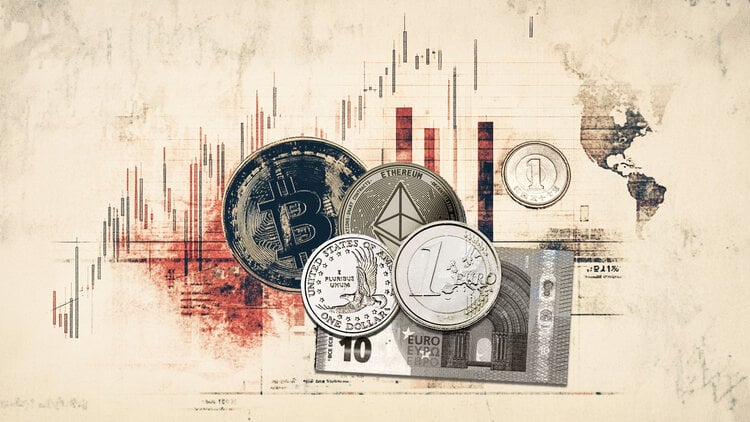Of Eleftheria Kourtali
The new ECB tool is designed to substantially facilitate the rapid normalization of ECB policy, Goldman Sachs notes. It will not reduce the bond yields of the region, but will lead to an increase in the bond yields of the core countries, such as Germany, which will move to 2% by the end of the year, keeping the spreads close to the current levels.
According to a new report, reports and statements in recent days suggest that the ECB’s new tool will be designed to avoid the “non-fundamental risk of fragmentation” and imply flexibility in how markets are distributed. However, some parameters of the expected backstop remain uncertain, as noted by Goldman Sachs.
First, the US bank expects the backstop to be unlimited in size in advance to maximize its announcement effect. Secondly, it will imply macroeconomic conditions linked to the existing EU-wide macroeconomic surveillance framework, most likely the Recovery Fund. Third, any backstop purchases are likely to be sterilized, either through the assets side (with asset sales to keep the balance sheet unchanged) or, more likely, through the liabilities side (with a change in the composition of the liabilities to keep the level of bank reserves unchanged).
Goldman Sachs’s debt sustainability analysis suggests that government bond yields in southern Europe, especially in Italy, have moved into the “danger zone” of potential fiscal pressure, and the ECB’s ad hoc meeting revealed that the Governing Board felt uncomfortable with the recent rise in spreads. It expects the Board to make active use of PEPP reinvestment flexibility to limit upward pressure on spreads before activating any markets under the new backstop.
The possible backstop activation supports Goldman’s view that the Board will be able to raise interest rates faster and more aggressively without facing a serious pressure scenario in spreads. It thus maintains its forecast that the ECB will start raising interest rates by 25 basis points in July, followed by increases of 50 basis points in September and October, with the final interest rate this year at 1.75%. The possible announcement of the backstop in July, however, means that there is room and risk for faster and more aggressive tightening.
Given the above, Goldman estimates that the new ECB backstop will not mitigate some of the remaining risks facing the eurozone, including the ongoing war in Ukraine and the possible election of populist governments in the EU that will pursue policies that are inconsistent with required to activate the ECB backstop. In this latter scenario, eurozone governments are likely to be called upon to find a fiscal solution to the fundamental risk of fragmentation.
Following the new announcements of the ECB, Goldman proceeds to an upward revision of the forecasts for the yield of the 10-year German bond, to 2% at the end of 2022 from the 1.25% it had forecast before. German bond yields have generally been kept low due to the ECB’s mild monetary policy so far, as well as the lack of safe-haven assets amid the sovereign credit risk that has begun to build up in Europe.
According to the American bank, the relaxation of both these factors will steadily push the Bund’s returns to a new range of around 2%. The ECB’s backstop stems mainly from the need to raise key (and real) interest rates to control inflation – a backstop that weakens the credit channel tightening signal will likely have to be offset by higher risk-free interest rates. Finally, the stimulus of PEPP reinvestments in the South Korean bond market, such as Italian bonds, is a form of monetary tightening (QT) of German bonds that points to a preference for higher yields in the core countries of the euro area, rather than lower ones. returns to the periphery.
Given the ECB’s preference to maintain a role in the market to differentiate each country’s creditworthiness, the new tool is not expected to lead to a significant reduction in spreads from current levels, with possible further upward pressure on core yields, the Goldman.
Source: Capital
I am Sophia william, author of World Stock Market. I have a degree in journalism from the University of Missouri and I have worked as a reporter for several news websites. I have a passion for writing and informing people about the latest news and events happening in the world. I strive to be accurate and unbiased in my reporting, and I hope to provide readers with valuable information that they can use to make informed decisions.







